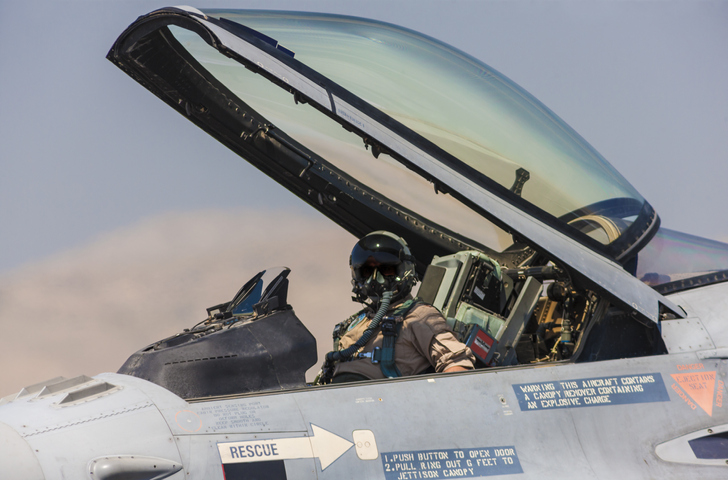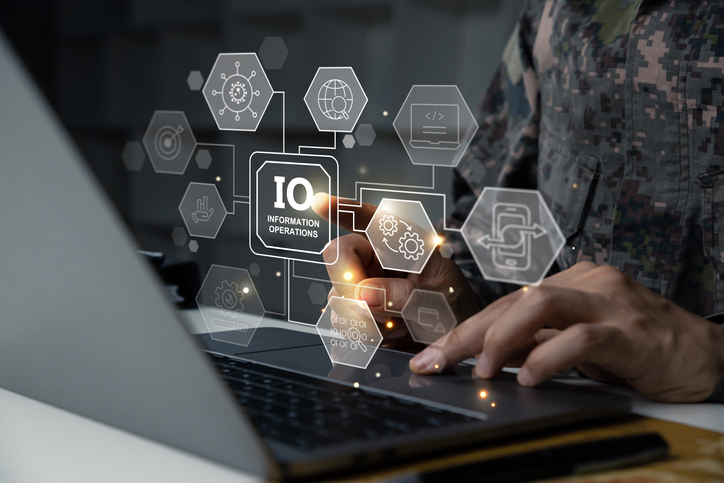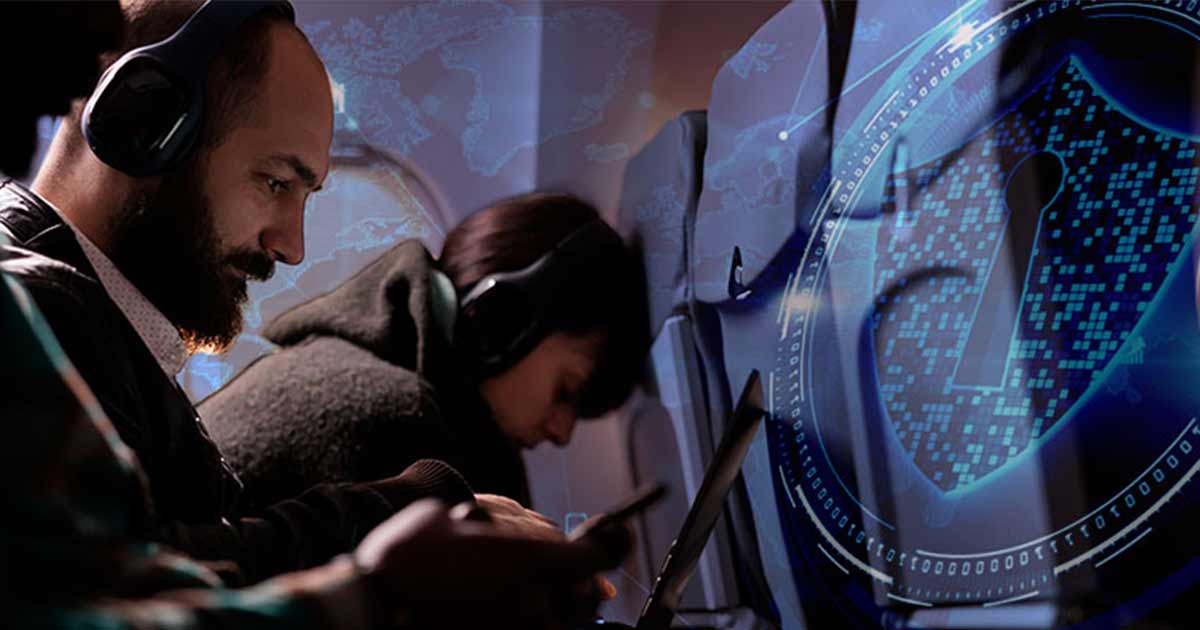what is a c2 server
Cybersecurity attacks are on the rise across a diverse set of markets. Behind the more intentional attacks is a desire to extract valuable information from a system or compromise/modify its behavior. To succeed, hackers must establish (hidden) communication between its infrastructure and the software it places in the target environment. The platform that launches those attacks and, subsequently, communicates with the compromised system over a network connection is called a Command and Control Server or, “C2 Server”. The C2 Server uses the covert communication channel to extract information from the system, issues instructions to the hacker’s software that is present on the target and downloads additional malware.
c2 cyberattack strategies
There are a range of different techniques that the C2 Servers use, but typically the approach taken is to blend in with legitimate types of traffic being used in the organization being targeted.
With a channel of communication established from the system to the C2 server (enterprises often have a strong focus on reviewing inbound traffic), a hacker has a few approaches that can be applied
- Using the first compromised system to identify higher-value targets, malware can search and share information back to the C2 server about other systems that may be vulnerable or misconfigured
- Customized follow on attacks: A generic attack aimed at a wide set of enterprises can be followed up with something that is more specific and targeted such as extracting valuable data from a casino
- Issuing commands to extract valuable information from the enterprise
- In the case of the Mirai attack, reconfiguring the systems on the enterprise to launch attacks on other companies
addressing attacks from c2 servers
Command and Control Infrastructure is essential to attackers but also represents an opportunity for companies to defend their infrastructure since blocking C2 server traffic can halt a cyberattack. Hunting for C2 Server activity from data and network perspectives increases the likelihood of discovering well-camouflaged cyberattacks. Security needs to be addressed in multiple ways, however. There is no one magic bullet to address cyberattacks. Addressing C2 should be part of a broader set of initiatives.
how lynx can help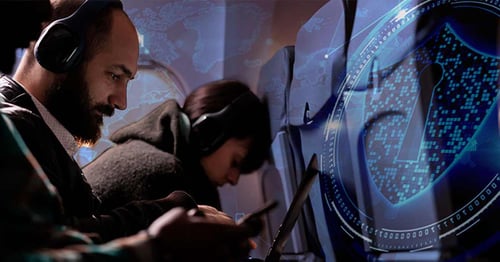
Lynx focuses on the military and avionics market segments. One of the key cybersecurity concerns centers on connected aircraft. On commercial aircraft, a significant focus is on improving the passenger experience. The continuous availability of wi-fi, access to the broader internet and even making cellphone calls during flight are all desirable passenger “wants”. Additionally, there is a strong desire to ensure pilots and ground systems have more information from each aircraft with increased communication over IP networks in these systems. The combined effect of these advances leaves the possibility of several cybersecurity threats affecting these systems' confidentiality, integrity and availability. This isn’t scaremongering. These security threats are real and will only increase after greater interconnectivity.
Ensuring Unparalleled Safety and Security for Connected Aircraft Systems
It was pointed out that network security alone is not sufficient; it needs to be augmented with platform security. How does one allow connectivity among multiple systems and simultaneously ensure isolation of those critical systems? At Lynx, we believe platform technologies like separation kernels provide part of the answer. It brings forth the key concepts of strict isolation, real-time responsiveness, security policy enforcement, and DO-178C certified artifacts for airworthiness certification. The LYNX MOSA.icTM for Avionics safety-certified platform for instance combines the best of breed separation kernel (LynxSecure), a real-time operating system (LynxOS-178) with a proven pedigree of logging millions of flight hours, along with a safety-certified modern IPv6 stack as a strong foundational base to design safety-critical systems addressing safety and security concerns. A key aspect of this type of platform is that it harnesses modern processor architecture advances in security and safety, like cache isolation or IOMMUs, to provide advanced mechanisms that can greatly improve the security posture of mission critical systems.
2.png?width=1140&height=290&name=Screenshot%20(421)2.png)
Elevating Aviation Security
The regulatory oversight of aircraft systems seems to be catching up to the changing landscape where several systems within an aircraft are interconnected. Recently, standards such as DO-356, “Airworthiness Security Methods and Considerations” have appeared. This outlines a formal security framework for defining security risks for systems, and producing evidence that shows that the aircraft, system or component has an acceptable level of security. Given the emergent nature of security threats when one or more of these systems are interconnected, the work is far from done by certifying a single system. It is imperative that security is extended at the aircraft level and ground systems that connect to aircraft and, potentially aircraft-to-aircraft communication.
let's connect
Are you interested in continuing the conversation or learning more? Your curiosity matters to us! Take the next step by filling out the form below. We value your input and want to ensure we provide you with the information you seek. The form is designed to make it easy to share your details and any specific questions or topics you'd like us to address.
Alternatively, simply click 'contact us' for a more direct and immediate connection. This shortcut will lead you to a dedicated space to contact us directly. Whether you have inquiries, feedback, or specific requests, our 'contact us' option ensures a swift and personalized response.
Your engagement fuels our commitment to delivering meaningful interactions. We look forward to hearing from you and continuing this dialogue.

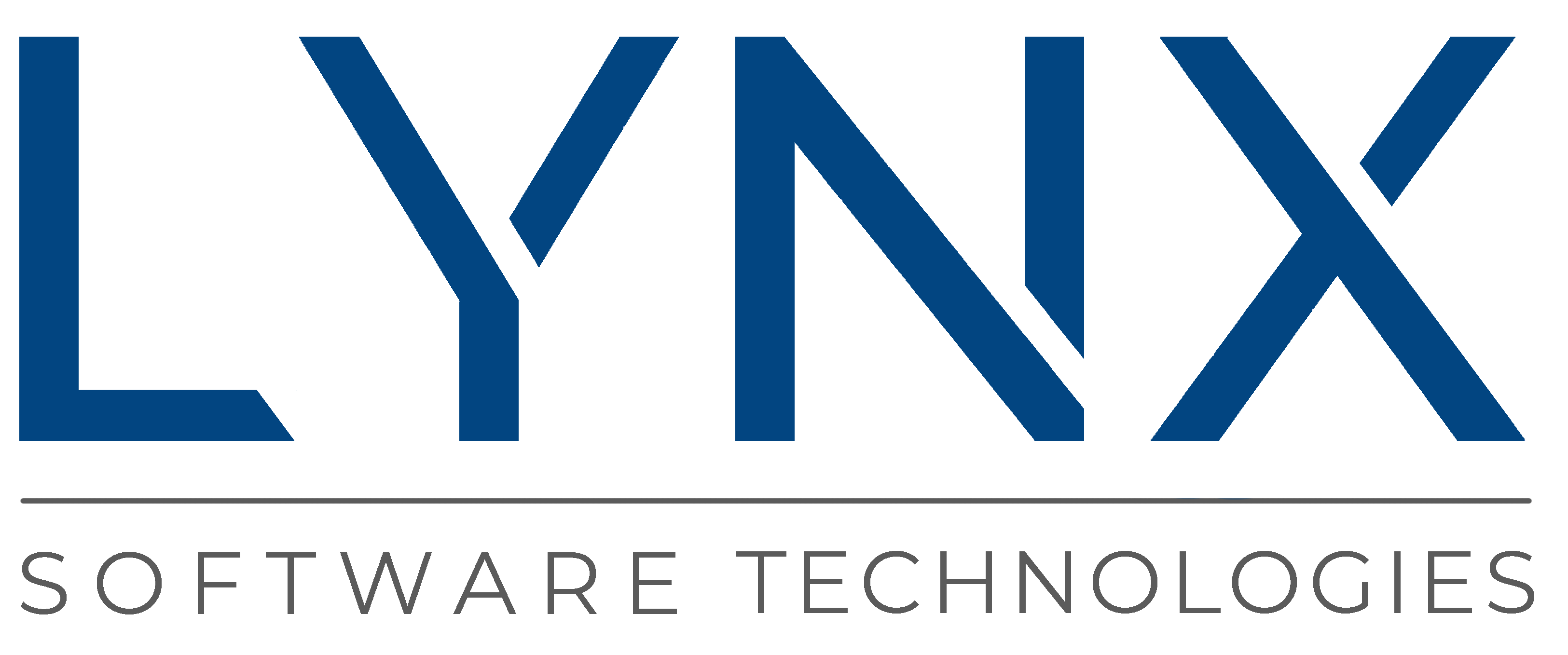

 Ian Ferguson | VP Marketing
Ian Ferguson | VP Marketing


2.png?width=1140&height=290&name=Screenshot%20(421)2.png)

